The world of lensescan seem overwhelming, especially when considering the multitude of numbers, symbols, and designations found on these small works of art. Many photographers do not know what all these specifications really mean or how they can be useful. In this guide, I will highlight the most important aspects and explanations of the inscriptions on your lens and how they can affect your photography. Let's uncover the secrets of your lenses together!
Key insights
- The focal length and maximum aperture are essential information.
- The filter diameter determines which filters you can use.
- The minimum focusing distance indicates how close you can get to a subject.
- Additional features such as autofocus and image stabilization are also marked.
- Properly mounting and detaching the lens is crucial for camera performance.
Understanding focal length and aperture
The first point I want to address is the focal length and maximum aperture, usually indicated in the form “50mm 1:1.8”. The focal length of 50 mm indicates how much the lens enlarges the image. The number “1:1.8” describes the largest opening of the aperture. This aperture influences how much light passes through the lens onto the sensor. The smaller the number, the more light can enter – thus, an aperture of 1.8 is always better for shooting in low light conditions.
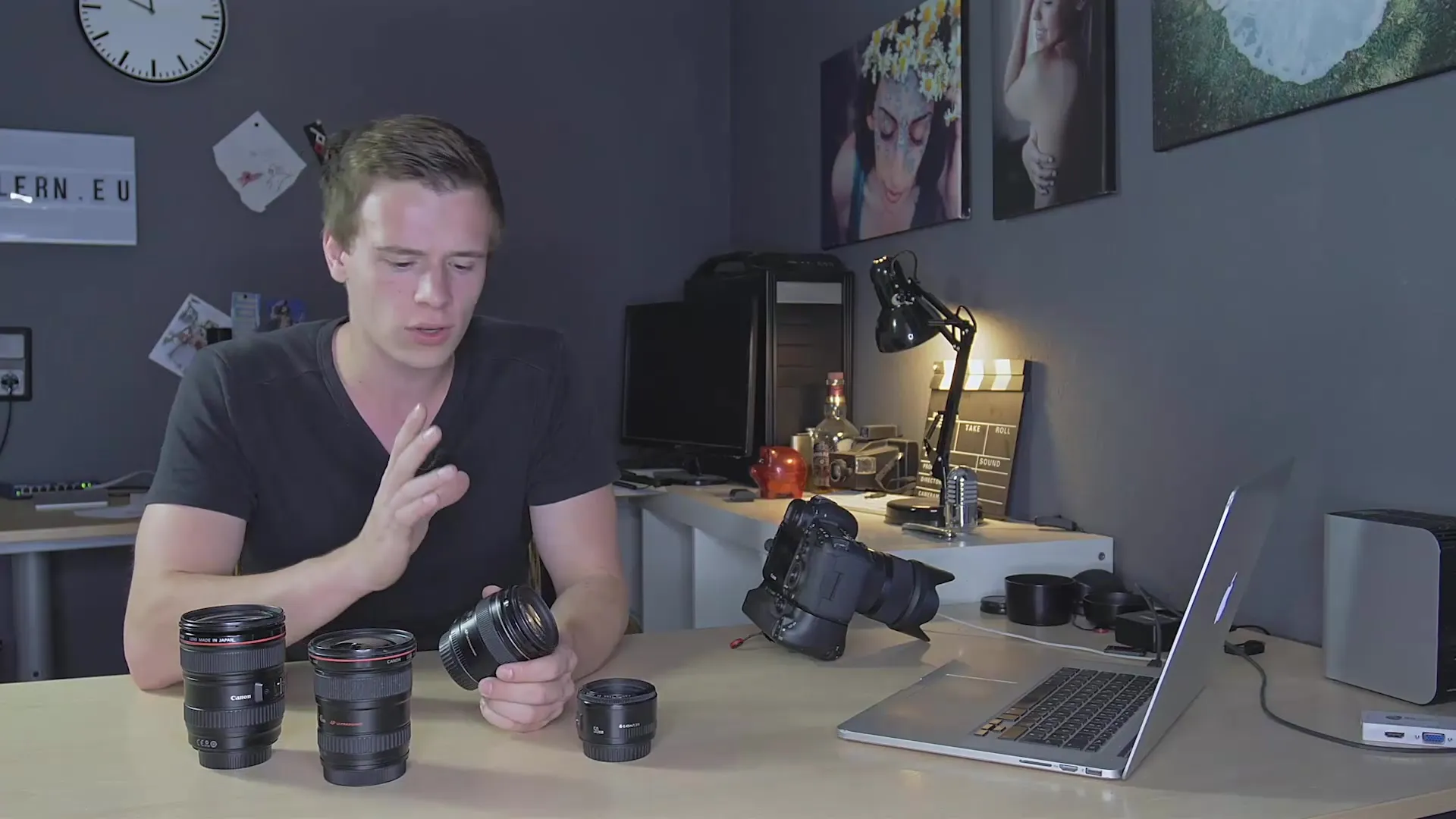
It is important to note that different manufacturers may use different representations, but the core information generally remains the same. The format “1:1.8” is often a representation as a fraction, which can be confusing for some.
Filter diameter and its significance
On most lenses, you will see an indication for the filter diameter, usually given in millimeters, such as “52mm”. This value is crucial if you want to use filters like UV or polarizing filters. Filters are screwed onto the lens, and the diameter must match to ensure the correct mounting.
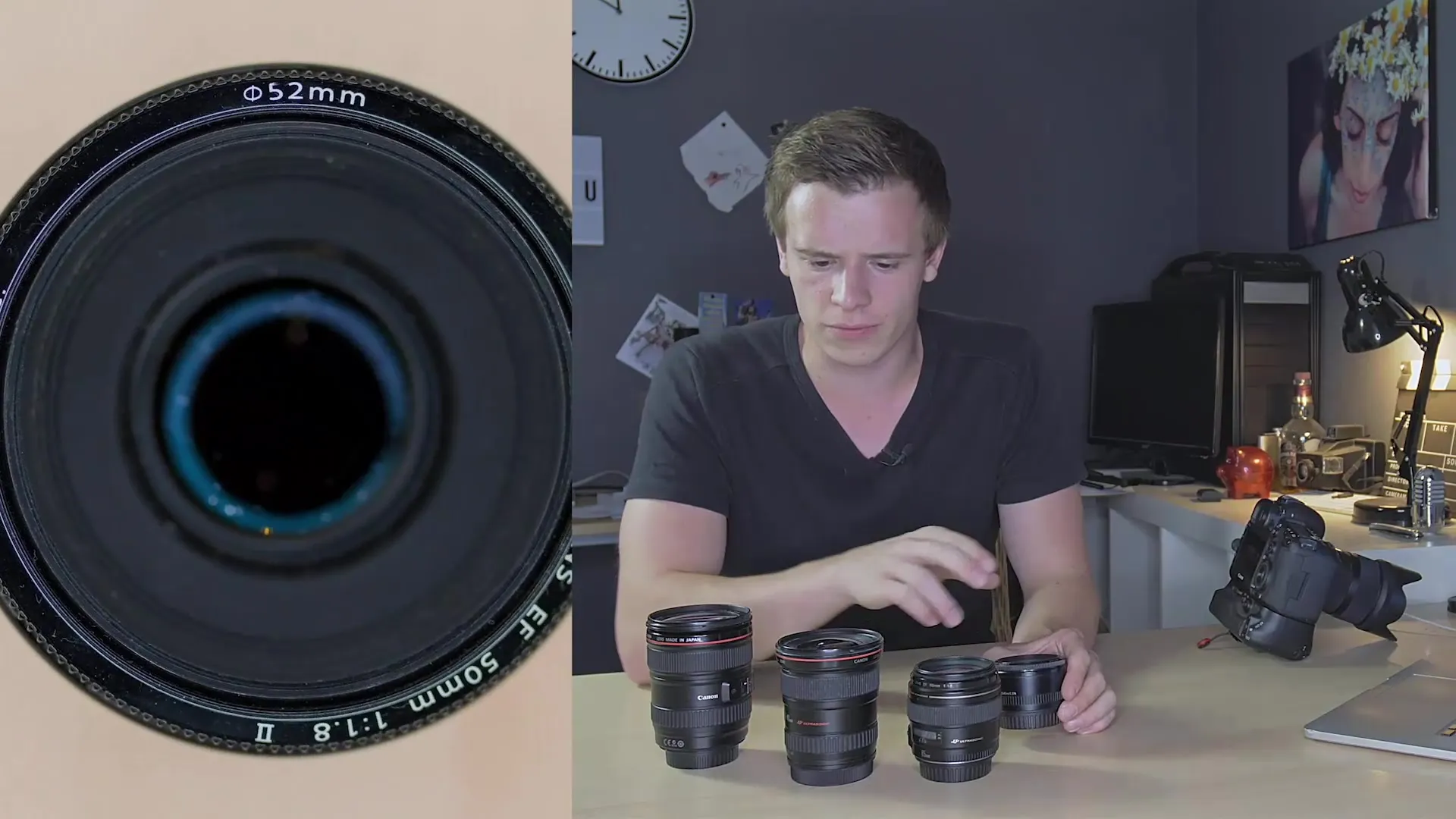
Every lens usually has its own filter diameter, so it is important to pay attention to this specification before purchasing a new filter.
Minimum focusing distance
Another important element found on your lens is the minimum focusing distance. This is often indicated by a flower symbol or in meters, such as “0.45m” or “1.5ft”. These specifications define how close you can get to a subject while still achieving a sharp image. Each lens has its own minimum focusing distance, which is an important point for understanding the variety of shots you can take.
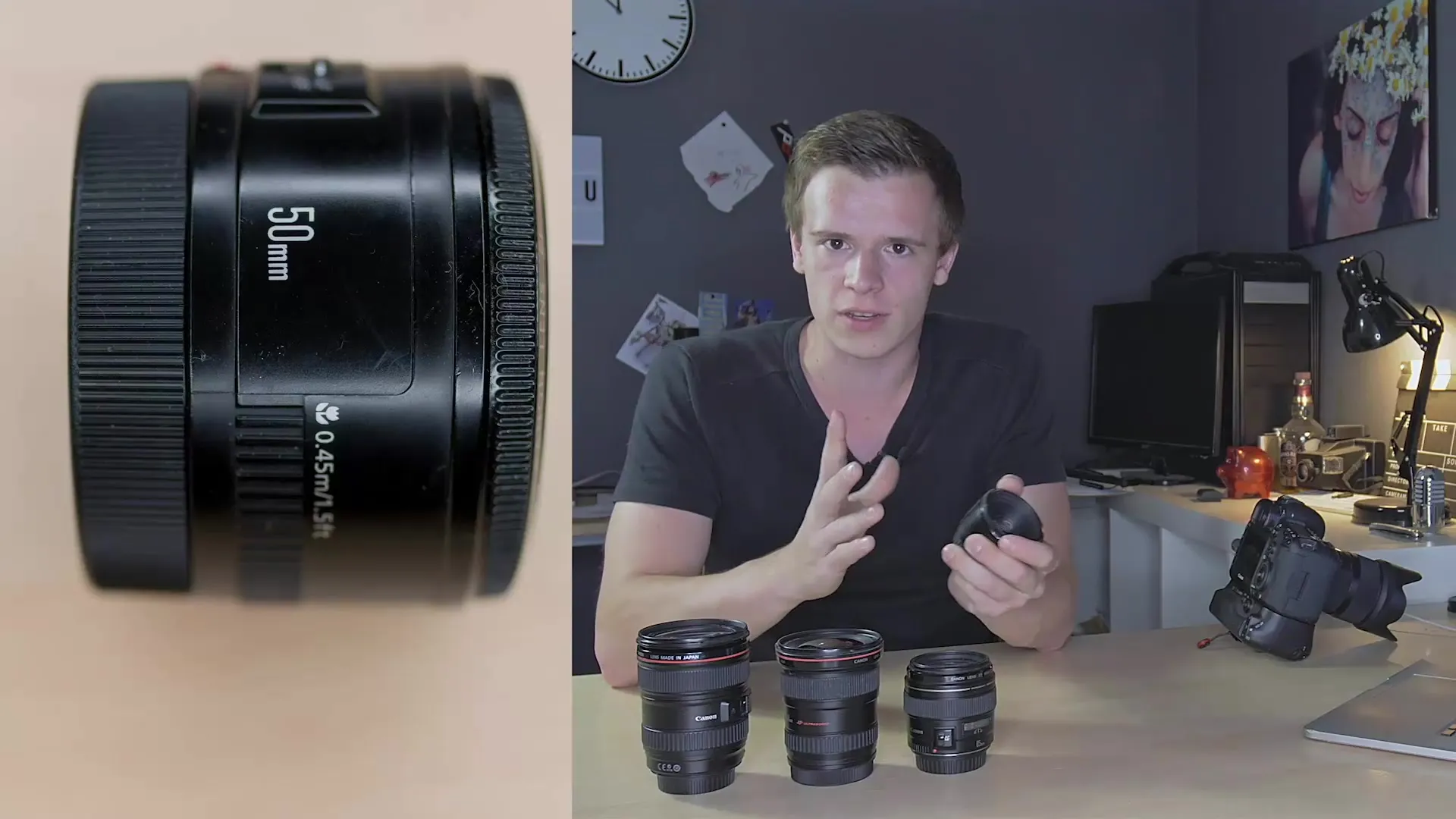
The minimum focusing distance varies depending on the lens; for example, a macro lens may have a significantly shorter minimum focusing distance than a standard lens, which is ideal for detail shots.
Aperture and focus control
The aperture control is often found as a ring on the lens and influences the depth of field. Along with the aperture, there are often two switches for autofocus (AF) and manual focus (MF).
When you switch to manual focus, the lens informs the camera that it should no longer accept commands for autofocus. On many lenses, you can hear the noise of the motor when focusing manually; this is particularly useful if you want to control the sharpness in your shot.
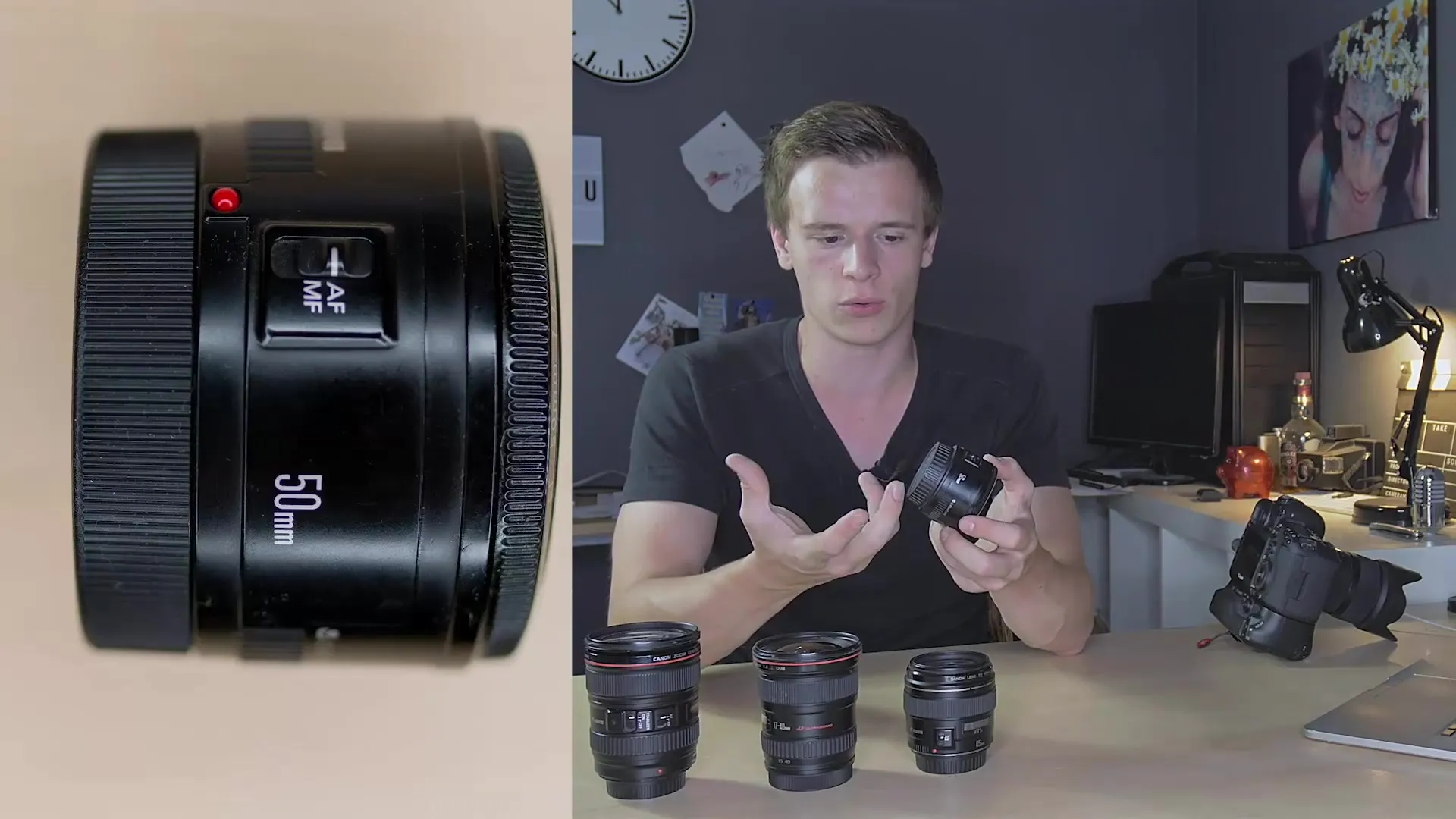
An additional switch for image stabilization may also be present. This should be turned off when photographing on a tripod, as it may otherwise affect the image.
Specific manufacturer features
Manufacturers often offer additional features and markings. Markings like “USM” from Canon stand for quiet, fast autofocus. High-quality L lenses are often recognized by their typical red ring marking.
These specific characteristics can influence the quality and handling of the lens, and it is worth understanding them as they can help you choose the right lens for your needs.
Attaching your lens to the camera
Correctly attaching the lens to the camera takes a bit of practice. On the lens, you will find a button for the lens lock. On most cameras, you turn the lens clockwise, on Canon to the left, to mount it.
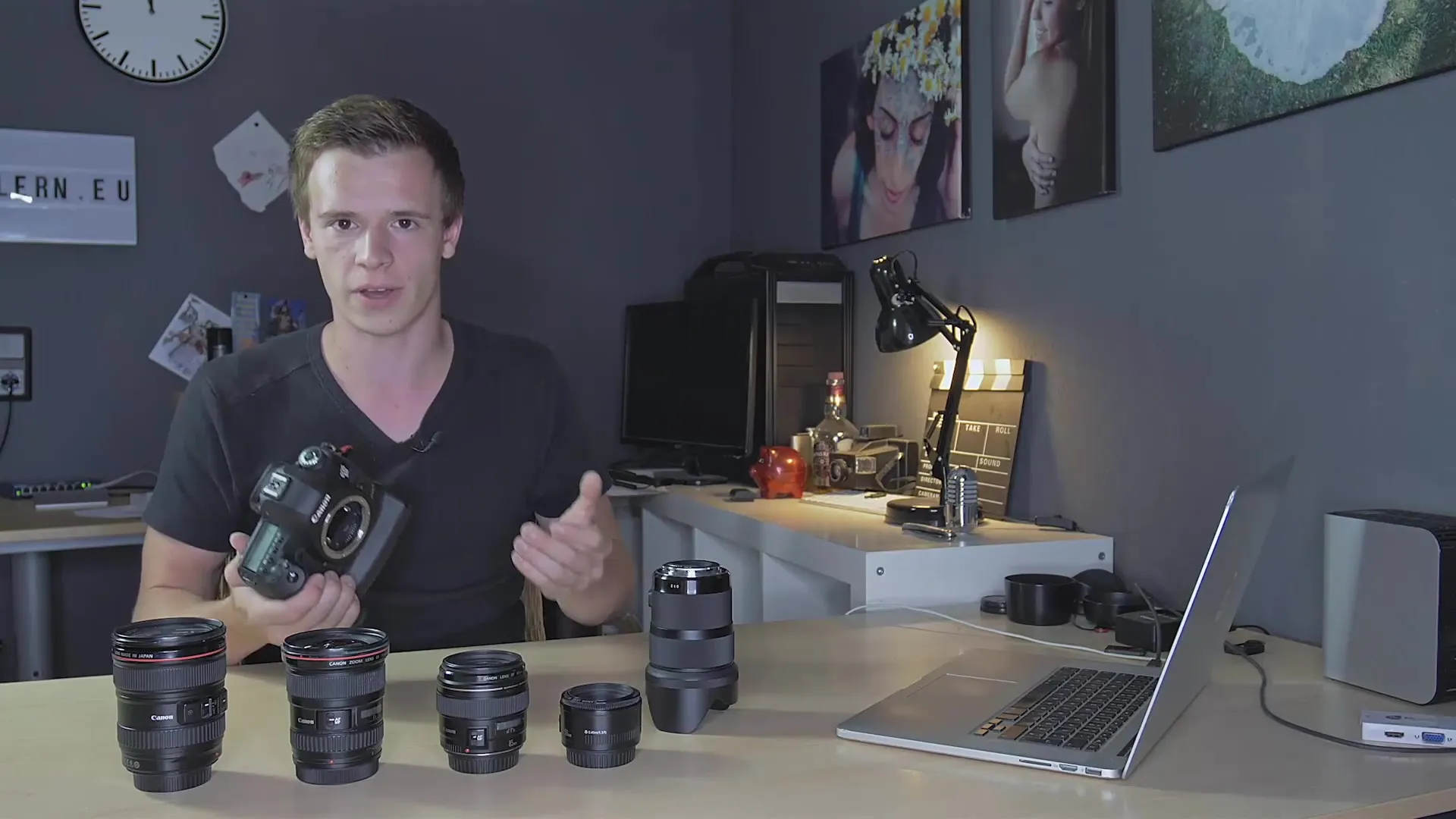
Before you remove the lens, you should ensure that the camera and lens are clean to avoid dust and dirt. A quick lens swap is useful for saving time, but you should always be careful that the lens does not touch the ground or any other sources of dirt.
FAQ
What does the number on my lens mean?The number describes the focal length and aperture, e.g., “50mm 1:1.8”.
What is the filter diameter?The filter diameter indicates what diameter filters need to have in order to fit on the lens.
What is the minimum focusing distance?It is the minimum distance at which the lens can still focus, specified in meters or feet.
How do I select the right autofocus?You switch between manual and autofocus via a switch on the lens.
When should I turn off image stabilization?Turn it off when using the camera on a tripod to avoid blurring.


